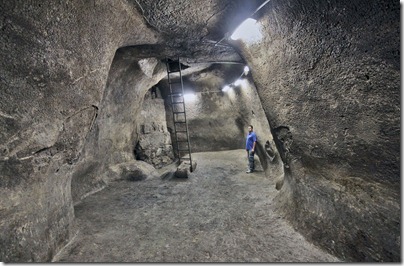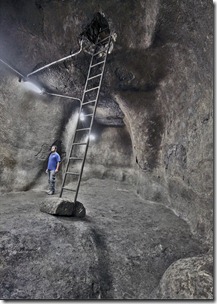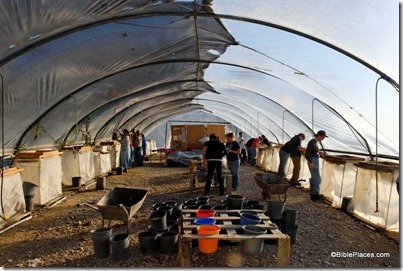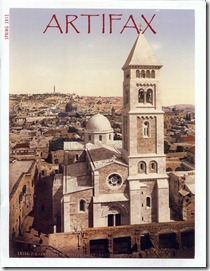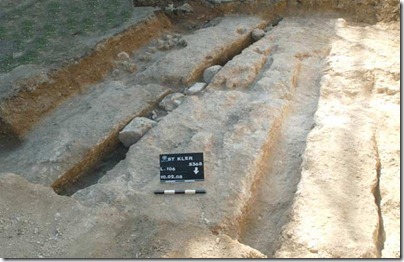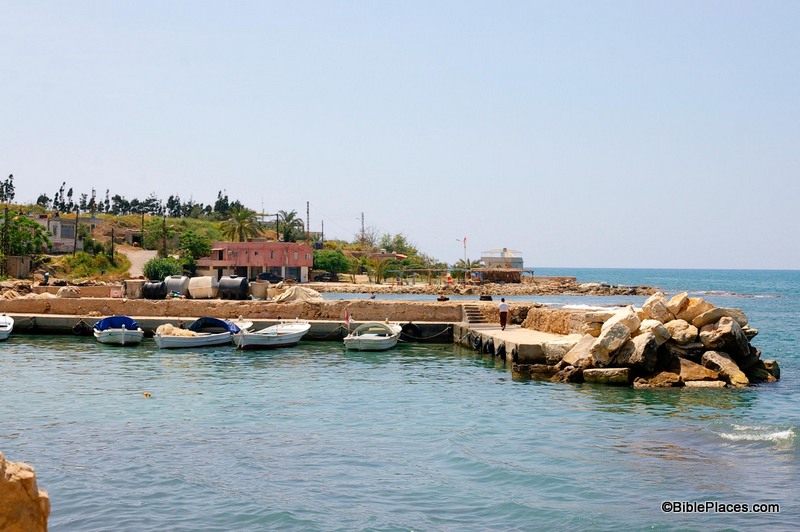Excavations west of the Temple Mount have revealed a massive water reservoir from the Old Testament period. Over the last few years, archaeologists have been excavating the path of a 1st-century street and drainage channel leading from the City of David to the Temple Mount, and the reservoir was discovered during this work. The reservoir is similar to contemporary systems excavated at Beth Shemesh and Beersheba. From the Jerusalem Post:
The recently discovered reservoir, with an approximate capacity of 250 cubic meters, is one of the largest water reservoirs ever discovered from the First Temple period. Due to its size, archaeologists believe the reservoir was designed for and used by the general public.
According to Eli Shukron, the excavation director on behalf of the Israel Antiquities Authority, “the exposure of the current reservoir, as well as smaller cisterns that were revealed along the Tyropoeon Valley, unequivocally indicates that Jerusalem’s water consumption in the First Temple period was not solely based on the output of the Gihon Spring water works, but also on more available water resources such as the one we have just discovered.”
The Israel Antiquities Authority has issued a press release with more details.
According to Dr. Tvika Tsuk, chief archaeologist of the Nature and Parks Authority and an expert on ancient water systems, “The large water reservoir that was exposed, with two other cisterns nearby, is similar in its general shape and in the kind of plaster to the light yellow plaster that characterized the First Temple period and resembles the ancient water system that was previously exposed at Bet Shemesh. In addition, we can see the hand prints of the plasters left behind when they were adding the finishing touches to the plaster walls, just like in the water reservoirs of Tel Be’er Sheva, Tel Arad and Tel Bet Shemesh, which also date to the First Temple period.” Dr. Tsuk says, “Presumably the large water reservoir, which is situated near the Temple Mount, was used for the everyday activities of the Temple Mount itself and also by the pilgrims who went up to the Temple and required water for bathing and drinking.”
The exposure of the impressive water reservoir that lies below Robinson’s Arch joins a series of finds that were uncovered during recent excavations in this region of the city, indicating the existence of a densely built-up quarter that extended across the area west of the Temple Mount and predating the expansion of the Temple Mount. It seems that with the expansion of the Temple Mount compound to the west and the construction of the public buildings and the streets around the Temple Mount at the end of the Second Temple period, the buildings from the First Temple period and early Second Temple period were dismantled in this region and all that remains of them is a series of rock-cut installations, among them the hewn water reservoir.
A presentation about the discovery will be made this evening at the City of David Archaeological Conference. The Israel Antiquities Authority has released three high-resolution photos. The story is also reported by Arutz-7.
